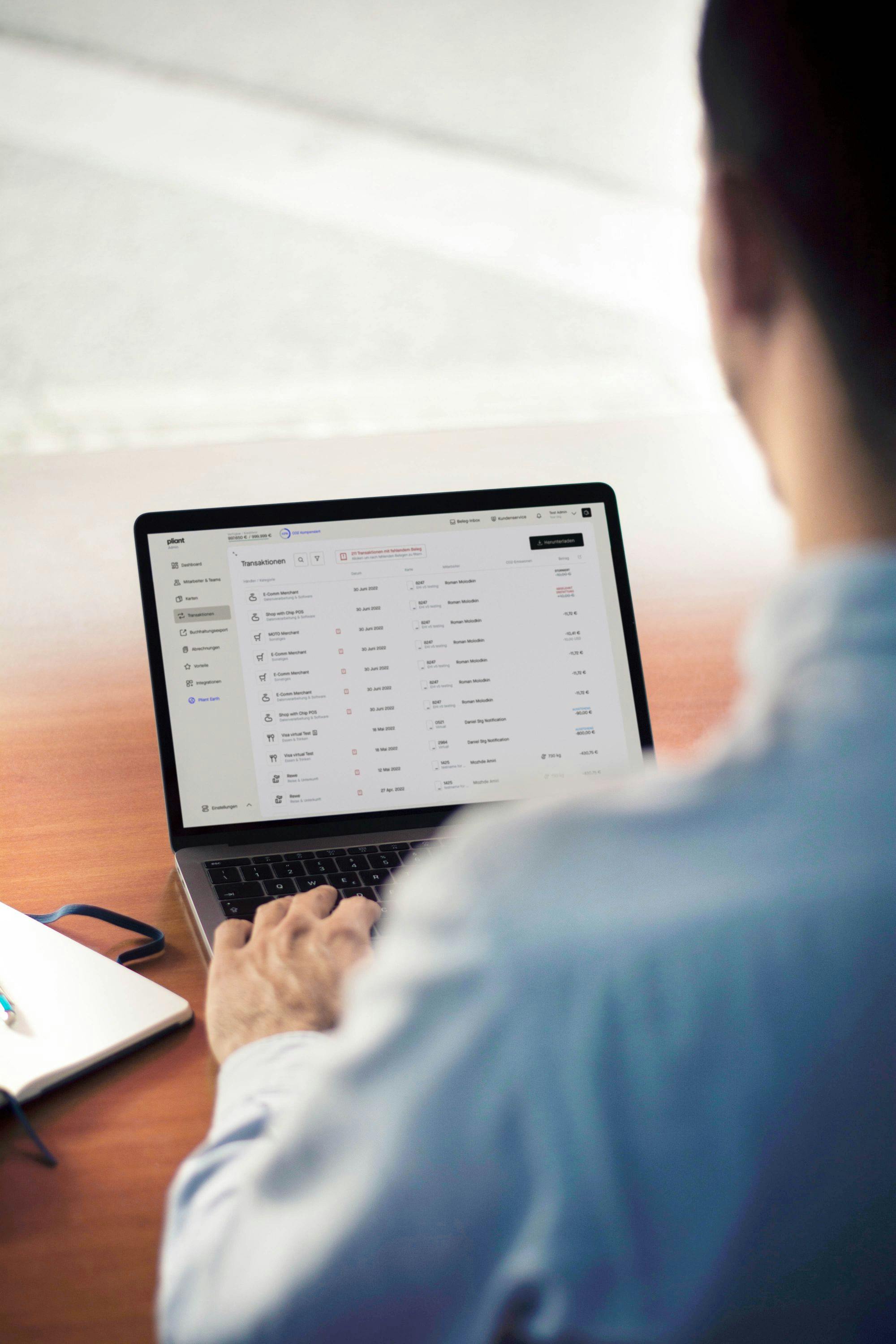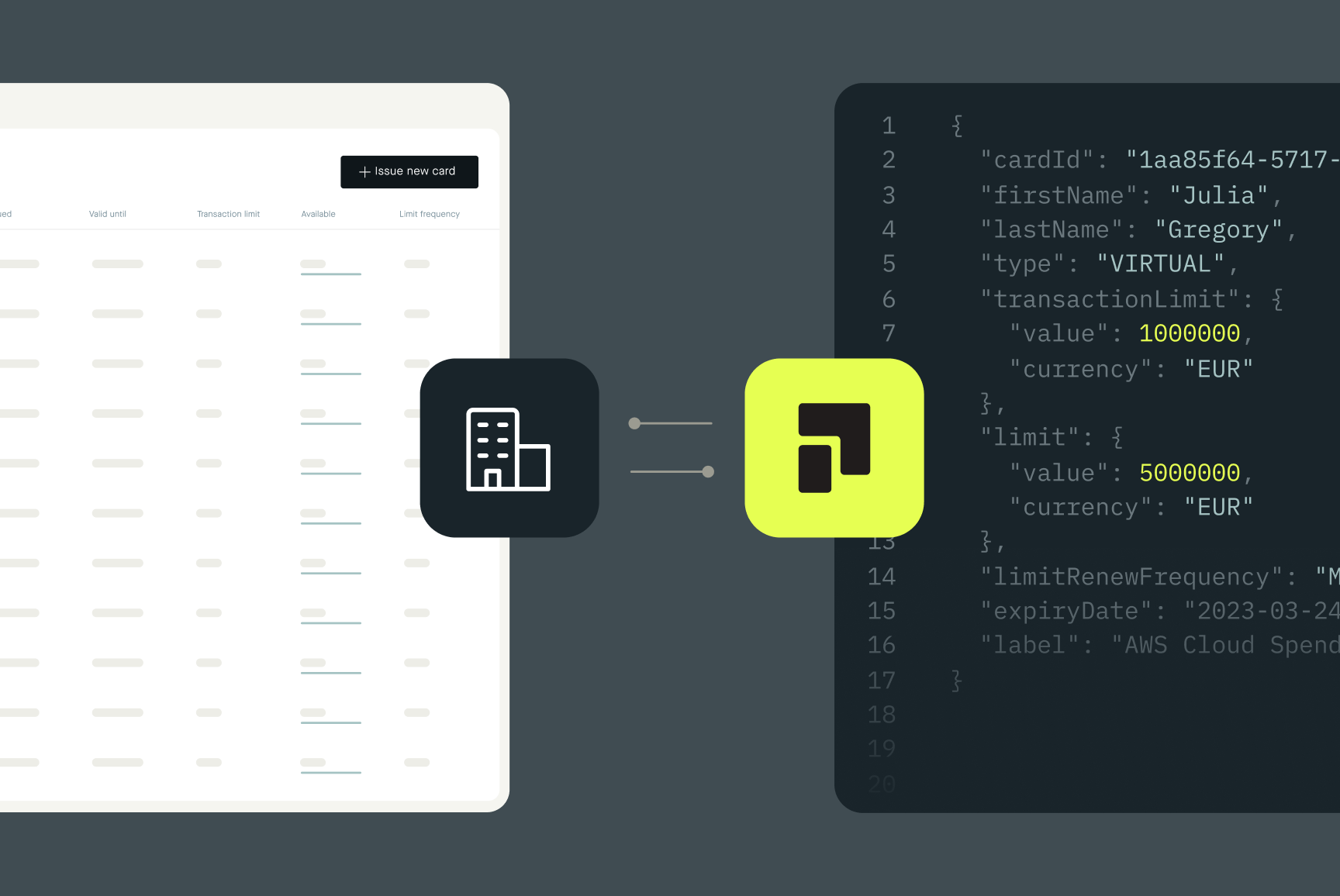Expense management automation: What is it and how does it work?
Many businesses still resort to manual processes to keep track of expenses, but as operations scale up, things might get too complicated. The old ways are sometimes the best. But, in this article, we'll show you why expense management automation is so much better than the manual approach. Read on!


Automation can minimize reporting errors and improve your cash flow tracking. Not only that, it can also optimize spending and improve your tax compliance rate.
Today, we learn how expense management automation can take your business spending to the next level.
What is expense management automation?
This type of solution can automate expense reporting. It streamlines the workflow and prevents human errors during the whole ordeal.
Plus, it collects all data in a single hub, which makes it easier to accountants or financial specialists to review and approve expenses.
How does expense management work?
Expense management involves keeping track of cash flow to optimize budgets and improve tax compliance.
It’s also used to report, submit, audit, approve and reimburse employee expenses.
Here’s how the process works:
An employee submits an expense claim for approval. To do so, they’ll need to save every proof of purchase. For example: receipts, credit card bills or invoices.
Now, the employee must fill out an expense report. This document details every expense made, along with its proper receipt.
A complete report goes to the employee’s manager for approval. This person must review each expense, and approve permitted reimbursement.
If the manager detects an error, the report is sent back to the employee for correction. Once the report is corrected and approved by the manager, it goes on to Accounting.
The finance team validates each receipt, and audits the report to ensure compliance.
If an error is found, the report goes back to the employee, resetting the process.
Once Accounting approves the expense report, the employee can receive a reimbursement.
Proper expense management can help you keep healthy finances and thus improve your company's stability.

What does expense management automation software do?
An expense management software is designed to simplify processes such as invoice management via a mobile app.
Here are some additional benefits your company will experience with this type of software:
Employees can use their own a corporate card, and upload receipts into the automation tool. (When a corporate card is used, the invoice is logged in automatically.)
Managers review and approve each submission in real-time. Then, they can forward the review to Accounting, or collect an ‘expense batch’ for each employee's expenses.
Accountants validate and approve the expense data.
In case the employee used their own credit card, Accounting can set the reimbursement with one click, and the employee receives the reimbursement almost immediately.
The system can also match each receipt to the proper transaction which makes it easy for managers to track expenses accurately, and in real-time.
Best of all, companies can integrate the software with their finance solutions.
This can help Accounting keep better track of compliance and prevent fraudulent expenses.
The problem with manual expense processes
Expense management is crucial to track employees’ spending and reimbursements. Plus, it’s the way to monitor company expenses, and to detect possible inconsistencies.
The problem is that manual expense management is time consuming and prone to errors. And it’s also an expensive practice, according to the Global Business Travel Association (GBTA):
Companies spend around $58 processing only one expense report manually.
It takes an average of 20 minutes to complete each report.
There’s an estimated 19% of errors within an expense report.
It may take almost 18 minutes to correct report errors.
Report correction can also cost around $52 to businesses.
In short, businesses could spend $110 per expense management report. Multiply that by 10 and you get an $1,100 investment. This number could only increase, depending on the business size and its expense necessities.
Why not invest such resources in a best-in-class solution?
In the words of our New Markets Manager:
“Expense management automation is a win-win solution for all the players involved. Not only releases the workload of the company and employees, but also streamlines and enhances your financial needs.”
What is the best software for expenses?
There are many expense management automation options in the market.
This makes it hard for businesses to select one great solution for their operations. But there are some key features to look for when making a decision:
Employees should be able to submit and manage receipts automatically. For example, they can take a photo to an invoice and upload it into a dedicated mobile app.
The software must have excellent connectivity. This will help upload expenses from any place with an internet connection.
Enabled automatic data extraction. For example, separating food costs from tips and taxes. This can help Accounting keep accurate data of all expenses.
A good software offers policy verification in real time. The system will check every invoice to ensure it’s in line with the company’s expense policy.
Corporate card and reporting integration. Such a perk can help with tracking digital expenses.
Integration with the company’s financial and Accounting software, such as ERP.
Save and store all receipts, approvals and rejections. This is a crucial step for tax submission and potential audits.
Offer analytics, data insights and reporting to help managers optimize budgeting, and reallocate resources.

Let’s review some of the best options in the market, that, luckily for you, are part of our integration offering:
Mobilexpense
Mobilexpense is used in over 100 countries. It’s an all-in-one software capable of managing expense submissions and approvals. The app can allocate daily allowances for travel employees, which also consider mileage and VAT expenses.
Each company can set up Mobilexpense to meet its specific practices, and also comply with industry-specific regulations. There’s also cloud integration capabilities for credit card fees, OBTs, along with HR and finance systems.
Circula
Circula uses a web and a mobile app to manage credit card use, travel expenses, and even employee benefits. It also features integration with Finance, Accounting and HR software to oversee policy and tax compliance. For example, DATEV, Personio and TravelPerk. Also, the app is up-to-date on Europe’s travel and tax standards. So, employees can keep accurate expense management in most European countries.
Agicap
Agicap allows you to consolidate all your cash flow. In addition, you can automatically reconcile and categorize all your banking transactions.
The great thing about this software is that you can connect it to your management and ERP tools. You will have reliable and complete information in real time.
Final Thoughts
Automating expense management takes time, but it’s worth the effort. You should try several options and see which suits your needs.
But once you’re set, you’ll save yourself a lot of hassle. You’ll capture receipts and create reports automatically.
Also, you can pair up the software with all spending-related, like your ERP. It’ll help to detect errors and fraudulent expenses across your business.
With such capabilities, you can turn business expense management automation into a strategic advantage. And most importantly, you’ll reinvest unnecessary spending, improve reporting, and boost productivity.






